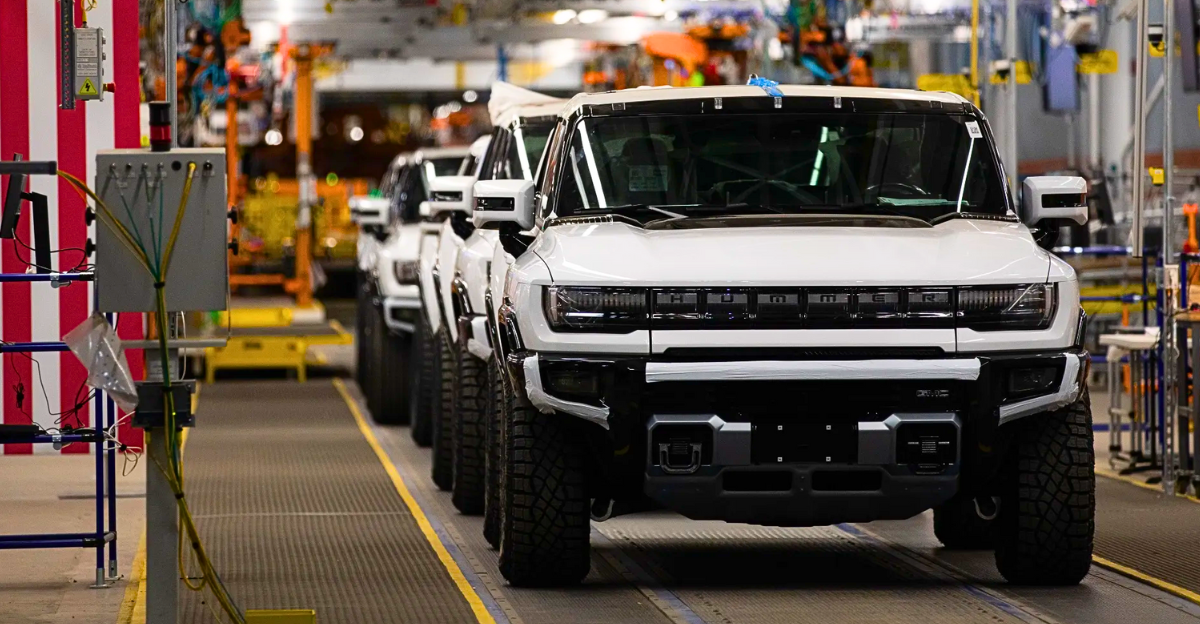
GM is moving $4 billion in vehicle production from Mexico to U.S. plants to deal with new tariffs. The company projects those tariffs could cut $4–5 billion from its 2025 profits. CFO Paul Jacobson says prices are now expected to rise 0.5–1% next year, reversing earlier forecasts.
The move, driven by a 25% tariff on imported vehicles that began April 3, isn’t about boosting value, it’s about staying afloat. While headlines highlight job creation, many buyers are already seeing the real cost at the dealership. And the road ahead, for both GM and consumers, is far from smooth.
What Triggered GM’s Big Move Back Home
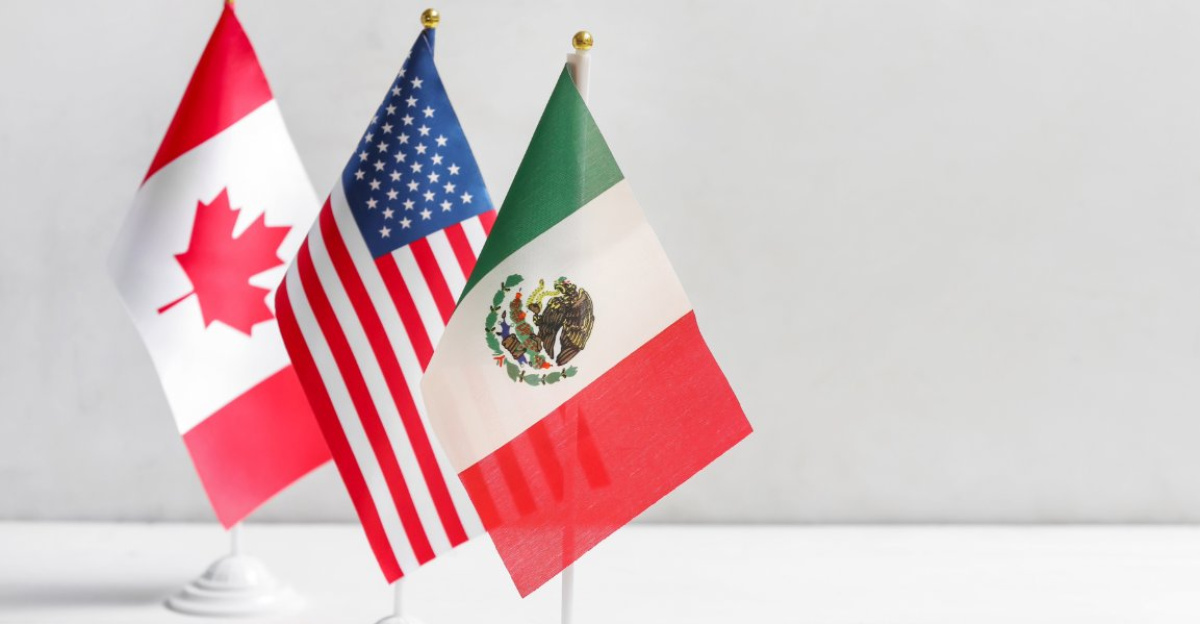
On April 3, 2025, a 25% tariff on imported vehicles hit the auto industry hard. GM quickly warned of a $4–5 billion impact this year, revising its earnings forecast down from $13.7–15.7 billion to $10.0–12.5 billion. Vehicles from Mexico, Canada, and other countries were all affected, though USMCA-compliant models received some relief.
GM’s long-standing strategy of cross-border production suddenly became too risky to sustain. The company had to shift course fast. This wasn’t a calculated expansion plan; it was a necessary move to avoid deeper financial strain. And it’s a move that’s already reshaping how and where GM builds cars.
Where GM’s $4 Billion Investment Is Headed
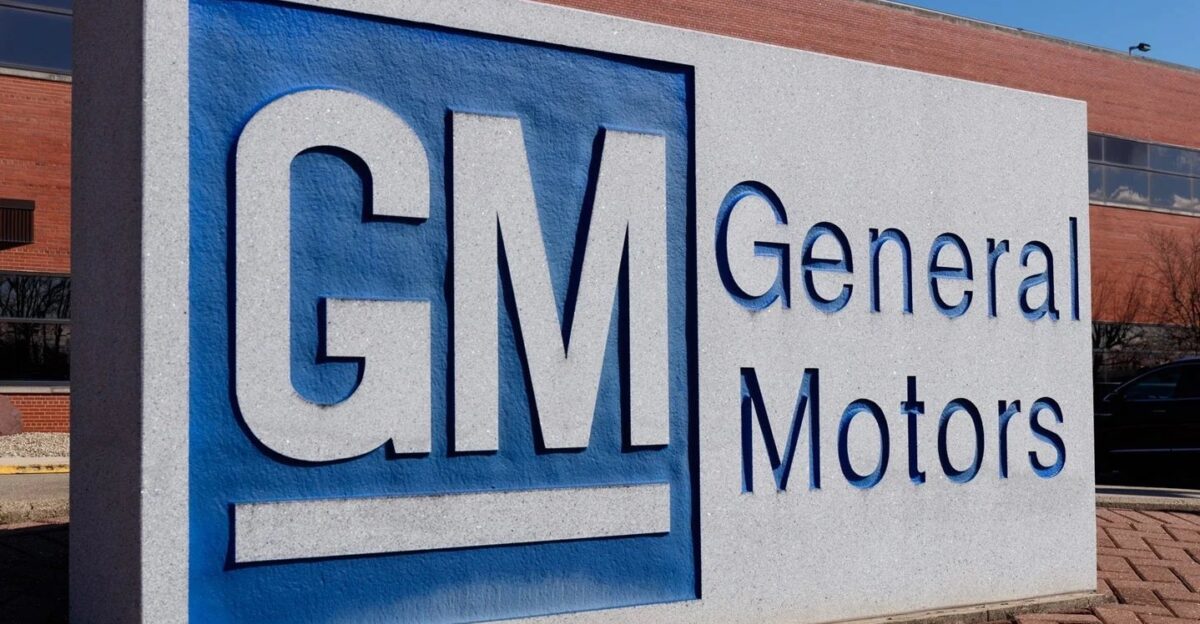
Over the next two years, GM plans to invest $4 billion into factories in Michigan, Tennessee, and Kansas. The company will build Chevy Blazers in Spring Hill, Tennessee, and Chevy Equinox SUVs in Kansas City, Kansas. In Michigan, the Orion Township plant will take on full-size SUVs and light-duty pickups.
The plan will shift production from Mexico and Canada, but nothing changes overnight. U.S.-made models aren’t expected until 2027, leaving GM exposed to tariff costs in the meantime. This large-scale retooling effort signals big change, but it also locks both the company and consumers into a long transition period.
Why Building Cars in America Costs So Much More
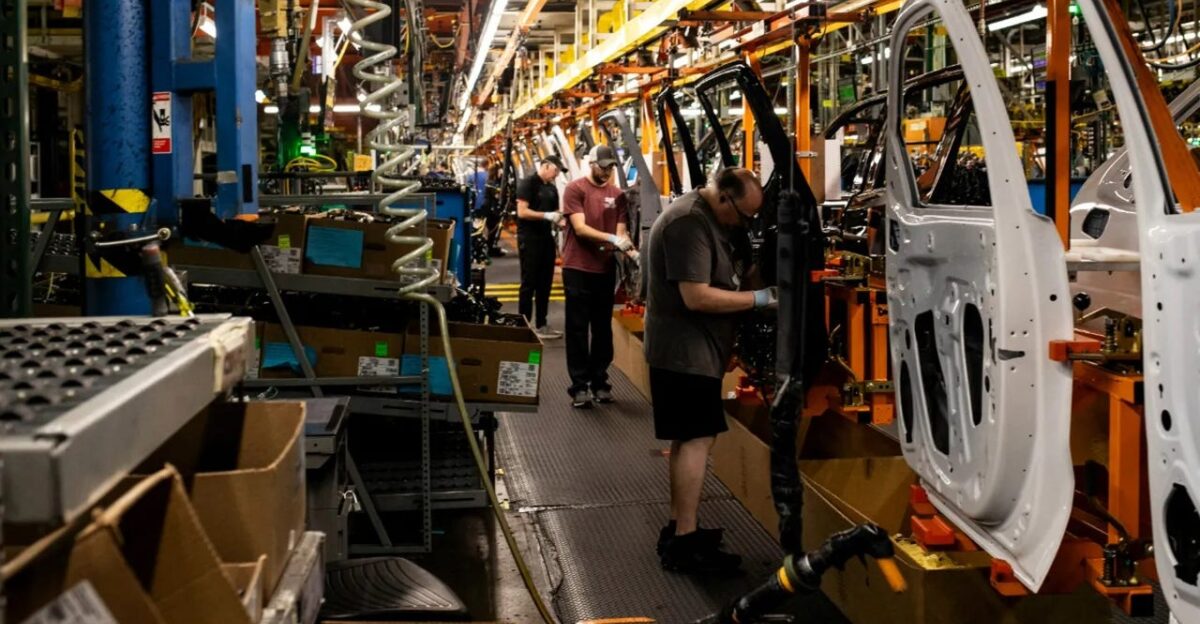
Avoiding tariffs by producing in the U.S. sounds smart, until you look at the cost. According to Oliver Wyman, U.S. automotive workers earn $23–30 per hour with benefits, while their counterparts in Mexico earn just $3–7. These differences helped push production across the border in the first place.
Now, bringing it back could cancel out the intended savings. Even with tariffs, it may still be cheaper to build cars in Mexico. That’s the tough math GM faces. And for buyers, it means prices may keep rising regardless of where their next vehicle is made.
New Jobs Sound Great—But Will They Last?
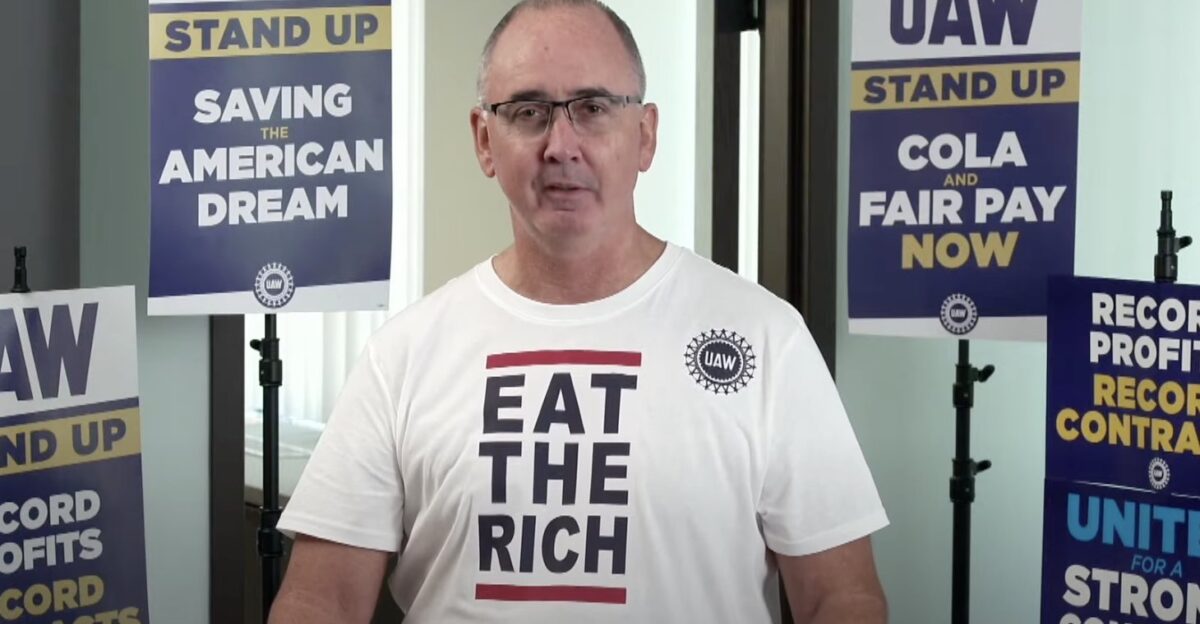
United Auto Workers President Shawn Fain backed the tariffs, saying they help bring back good jobs. “GM’s decision to invest billions in American plants and prioritize U.S. workers is exactly why we spoke up,” he said. The UAW celebrates this reshoring effort, but also knows high labor costs are a long-term hurdle. Creating jobs is one thing. Keeping them profitable is another.
As GM competes with global manufacturers using lower-cost labor, the challenge becomes clear. Whether these jobs stick around will depend on how well GM can manage rising costs while staying competitive in a global auto market.
Prices Are Rising Now—Years Before New Cars Arrive
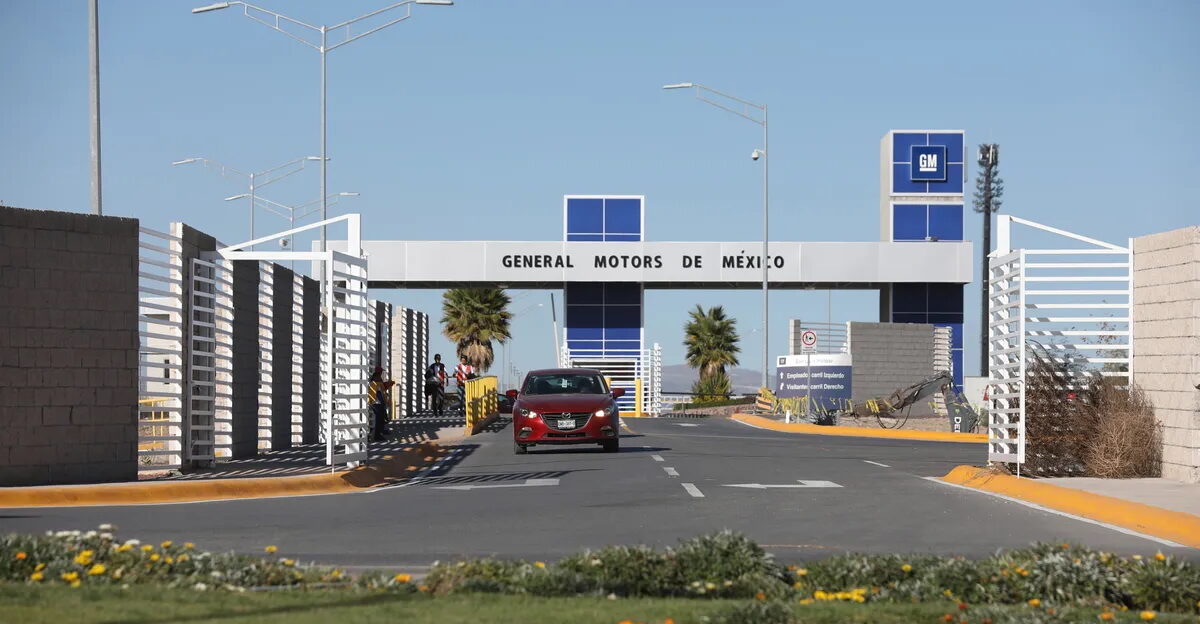
Tariffs are already driving up prices on GM vehicles built in Mexico, like the Blazer and Equinox. But U.S.-built versions won’t roll off the line until 2027. That creates a pricing gap with no quick fix. Anderson Economic Group says tariffs could add $2,000 to $12,000 per vehicle, depending on the model.
CFO Paul Jacobson confirmed GM now expects a 0.5–1% price hike in 2025. That’s a sharp reversal from the earlier prediction of falling prices. For buyers, that means paying more right away and waiting years for any possible relief through domestic production.
Fewer Vehicle Options, Longer Waits for Buyers
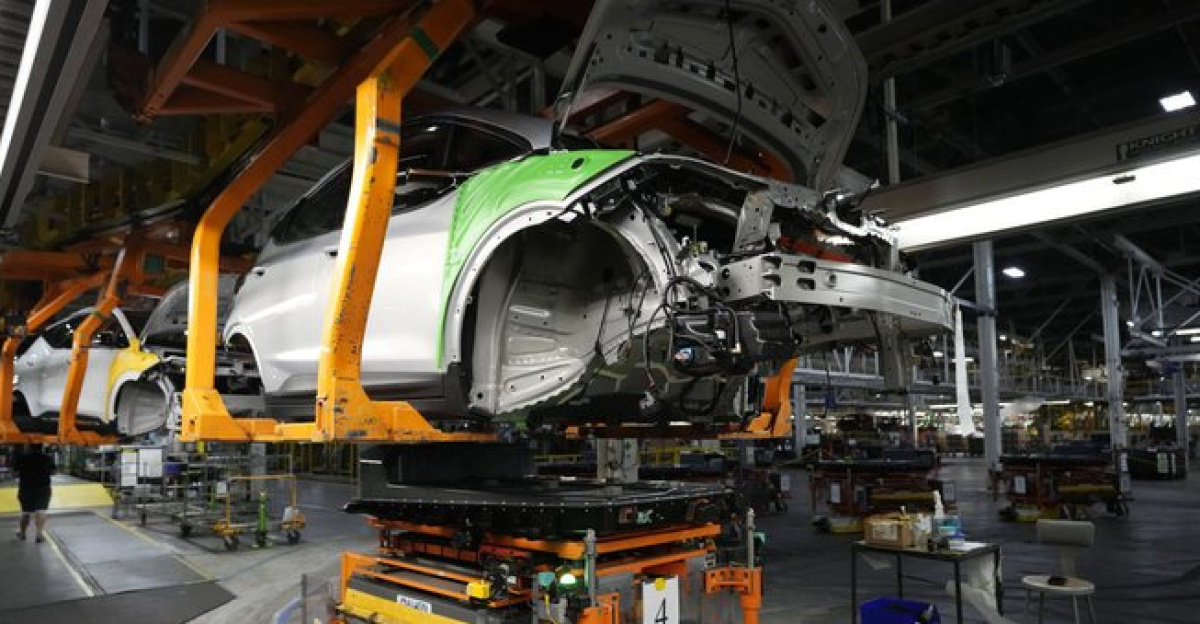
GM’s production shift is set to shake up dealership inventories for years. Since the transition won’t begin until 2027, supply disruptions are likely.
Historically, GM has struggled to maintain consistent stock during changes like these. As factories get retooled, customers could see fewer trims, limited color options, and longer delays for custom orders.
Dealerships may also face challenges keeping vehicles in stock as the current supply thins out. For anyone eyeing a specific model or configuration, the next few years might be frustrating. The transition may bring new jobs, but it also brings fewer options for buyers in the meantime.
How To Shop Smart Before Prices Climb Higher
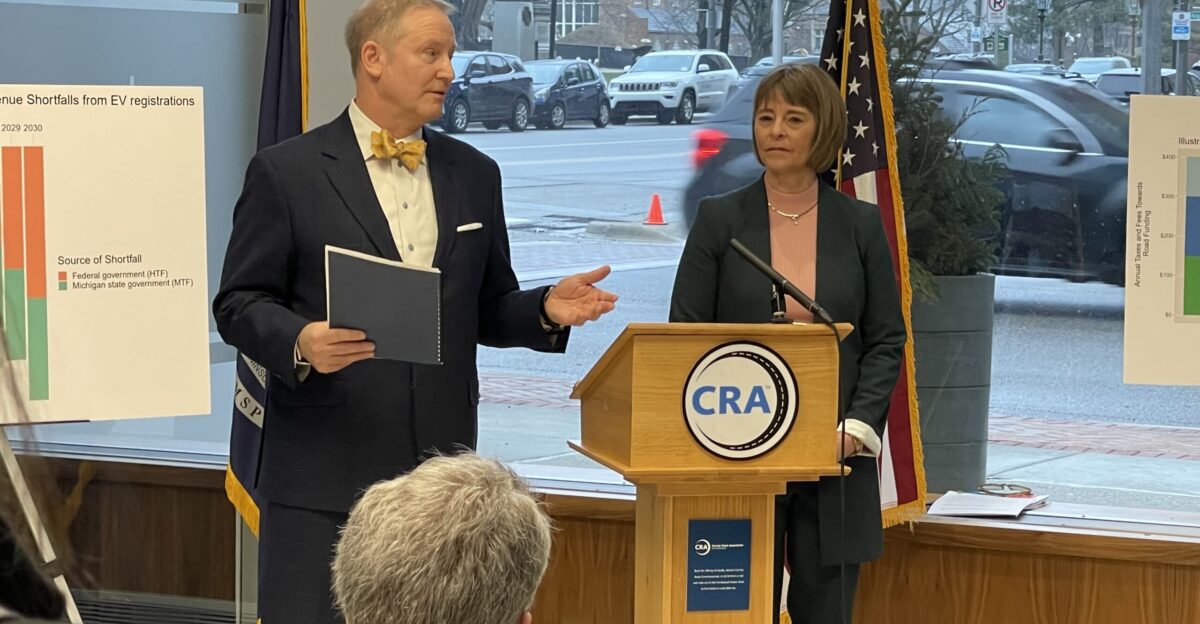
Experts say now is the time to act. Patrick Anderson of Anderson Economic Group advises, “If you find one you like, buy it right away.” Waiting could mean paying more later. If you’re open to options, consider brands like Ford, which already builds more vehicles in the U.S., or look into certified pre-owned models.
According to industry analysis, automakers pass along 80–90% of tariff costs to buyers. With GM already adjusting its pricing outlook, the window to avoid steep hikes is closing. For shoppers, taking action now may be the best way to stay ahead of rising costs.
New Jobs Are Welcome—But Are They Secure?
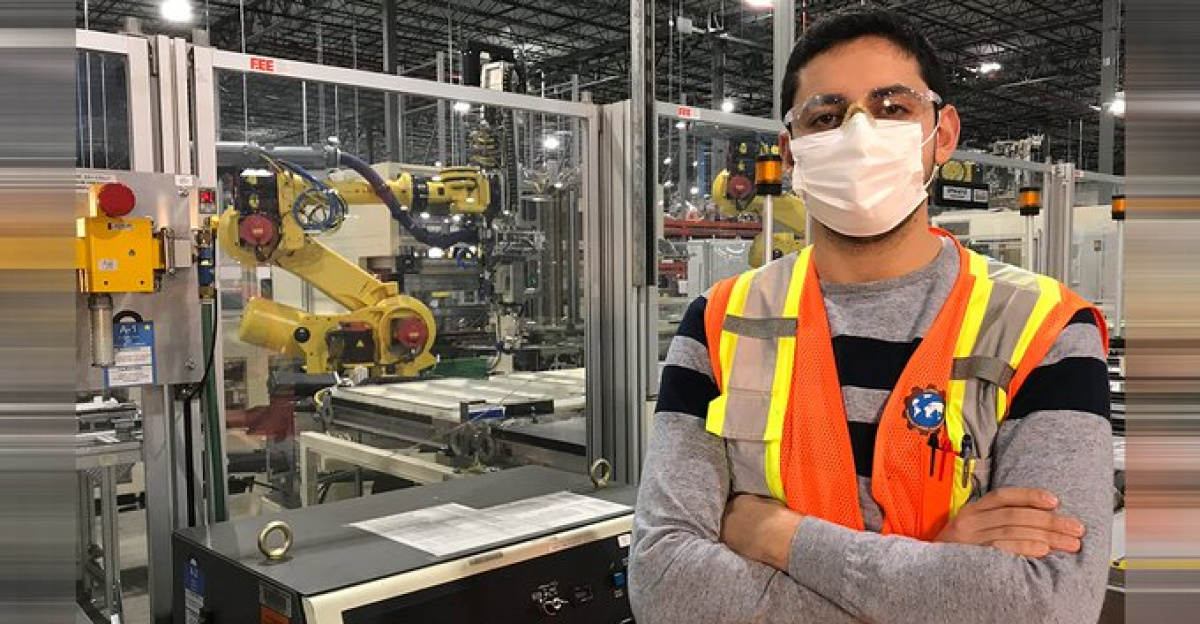
GM’s plan will create new manufacturing jobs in Michigan, Kansas, and Tennessee. UAW President Shawn Fain says this proves automakers “can easily bring good union jobs back to the U.S.” But holding onto those jobs is harder than creating them. Higher U.S. labor costs and foreign competition remain real threats.
If market conditions shift or trade policies change again, companies could reverse course. Long-term job security depends on more than factory openings; it depends on staying cost-competitive. For now, these jobs are a win for workers. Whether they stick depends on how the broader economy responds to these changes.
So, Who’s Really Paying the Price Here?
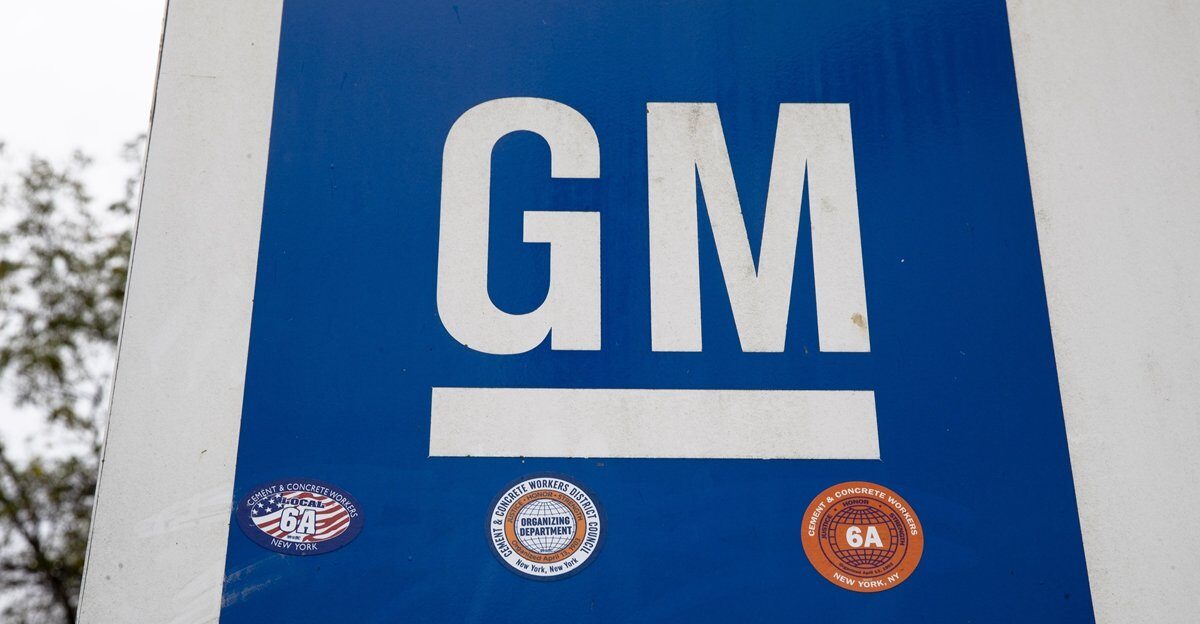
GM’s reshoring move isn’t about efficiency. It’s about dodging a massive cost burden. The Center for Automotive Research estimates that 25% tariffs will cost U.S. automakers $108 billion in total. GM, Ford, and Stellantis will shoulder about $42 billion of that.
GM’s $4 billion shift may limit future exposure, but the short-term cost falls squarely on buyers through higher prices and fewer choices. Whether this move creates lasting value or just pushes higher costs under the “Made in America” label remains to be seen. For now, American car shoppers are paying the real price of this manufacturing reset.